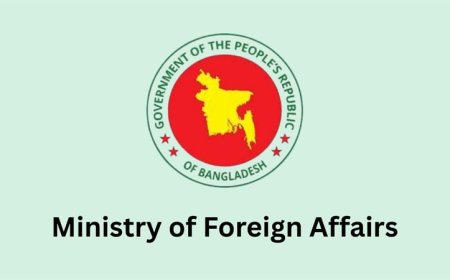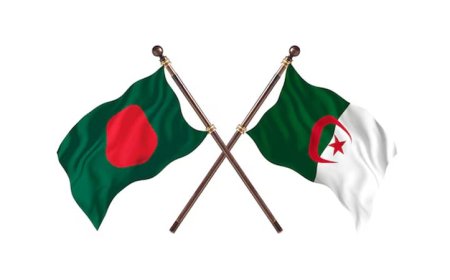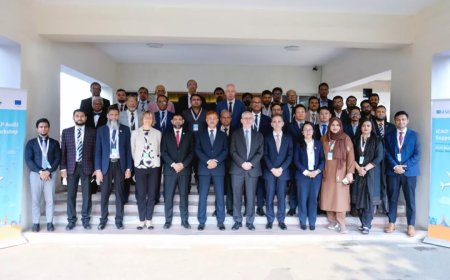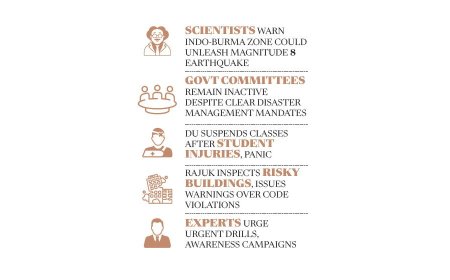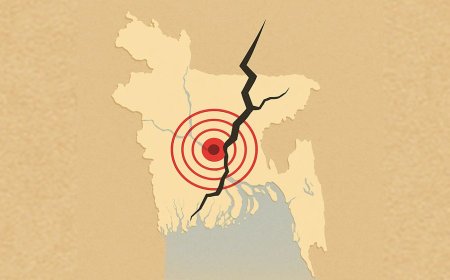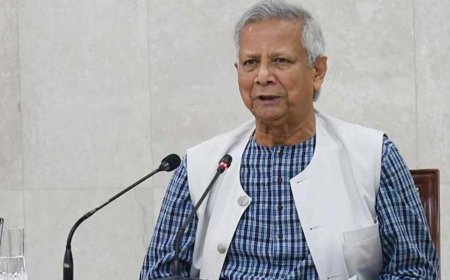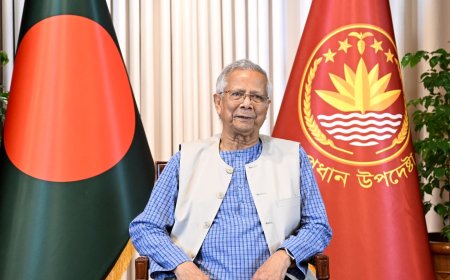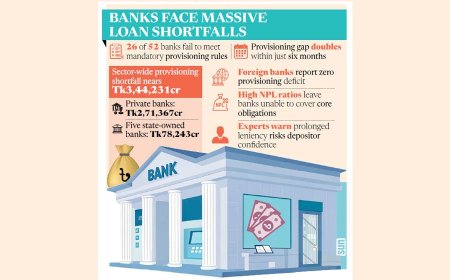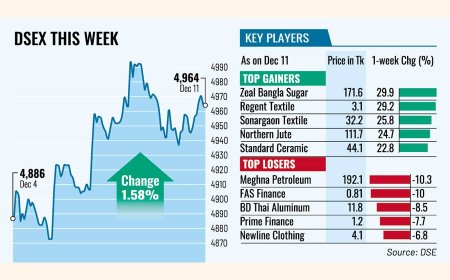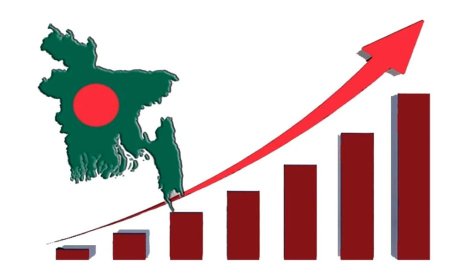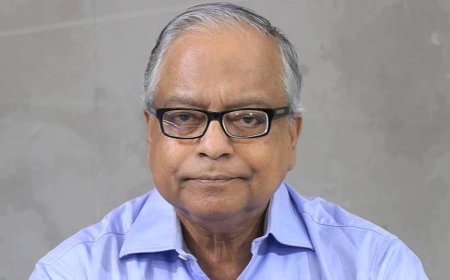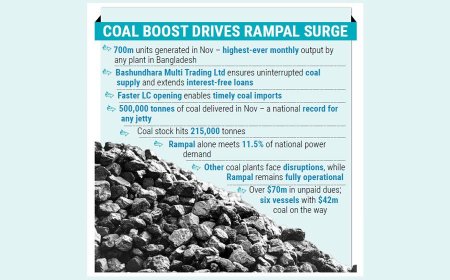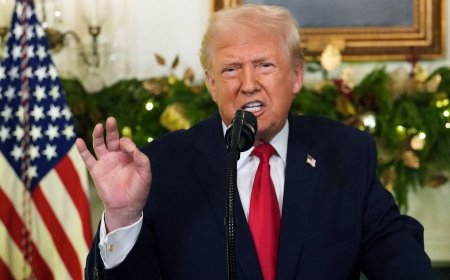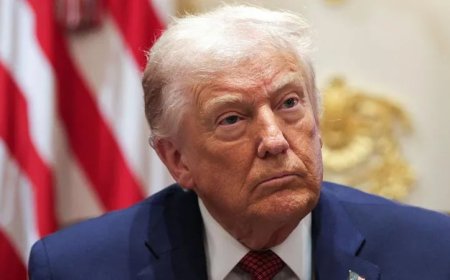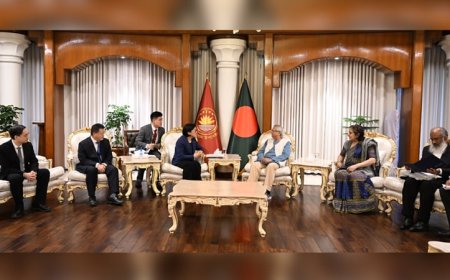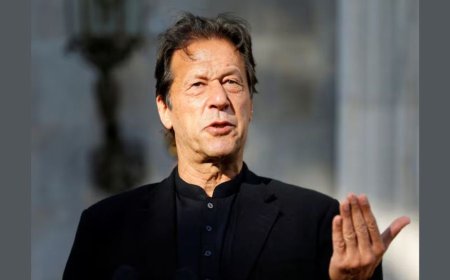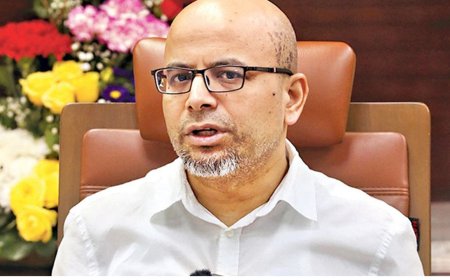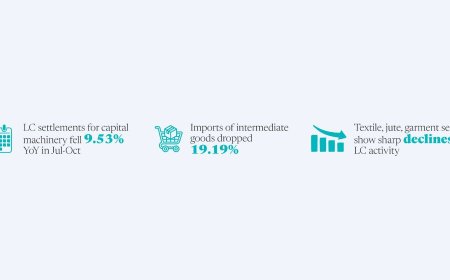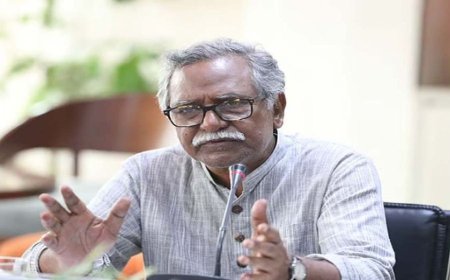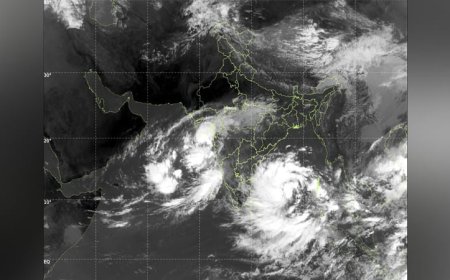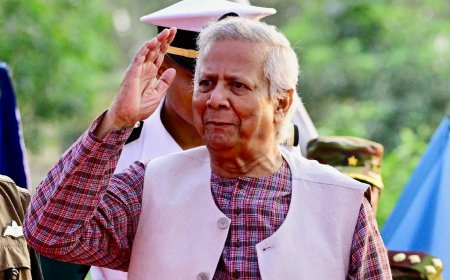The New Dynamics Of South Asian Geopolitics
Together, India and China are poised to deliver a strong message to the United States, as losing influence in two of the world’s largest markets could severely undermine America’s economic ambitions.
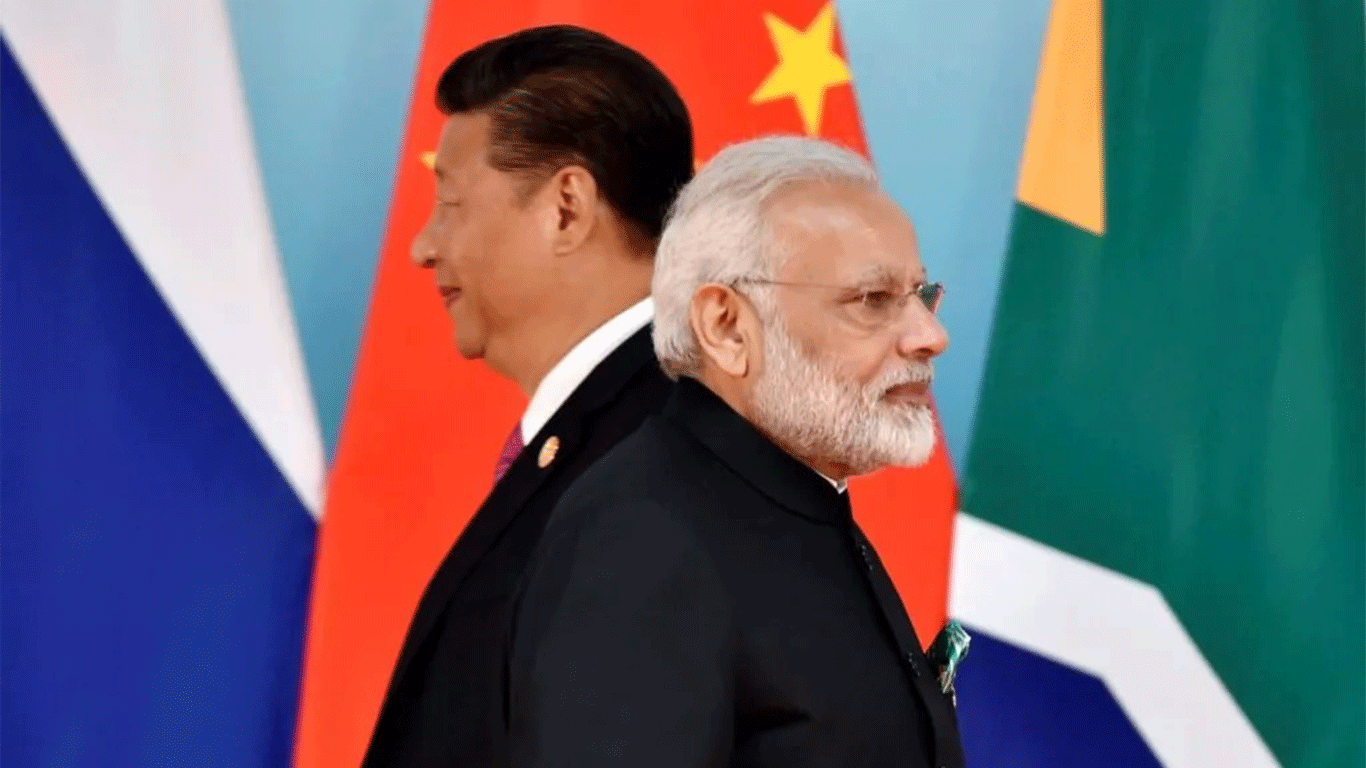
For decades, India and China viewed each other as fierce rivals—foes rather than friends. Their relationship was marred by deep mistrust, culminating in a full-scale war in 1962 over border disputes. As recently as 2020, both sides once again faced off along their contested Himalayan frontier, with soldiers aiming guns across disputed lines.
However, a single executive order from U.S. President Donald Trump changed the course of this long-standing hostility. By imposing a 50 percent tariff on all Indian exports to the United States—punishing India for purchasing Russian oil—Trump inadvertently pushed New Delhi closer to Beijing, America’s own strategic adversary.
During the SCO Summit held in Tianjin on August 30, Indian Prime Minister Narendra Modi and Chinese President Xi Jinping exchanged smiles and handshakes, pledging to reduce tensions and begin a new diplomatic chapter. This development marks a potential shift in South Asian geopolitics and signals a broader reconfiguration of global power, where China, Russia, and India could form a new axis—leaving the U.S. increasingly isolated in its strategic contests.
For much of recent history, India aligned itself with the United States, while Pakistan maintained close ties with China—balancing the regional power dynamics. Although Washington maintained cordial relations with Islamabad, its partnership with New Delhi became a central pillar of its Indo-Pacific strategy, especially given India’s historic closeness with Moscow. In this geopolitical chessboard, the U.S. sought India’s cooperation to contain China, while relying on Pakistan in its counterterrorism efforts in Afghanistan. Russia, meanwhile, remained India’s time-tested ally.
Trump’s decision to impose steep tariffs on Indian exports represents a significant shift in U.S. strategy, suggesting a recalibration of the Indo-Pacific approach. For Trump, commerce takes precedence over geopolitics. His trade wars and tariff measures reflect an attempt to confront China directly, bypassing intermediaries like India.
Yet, this move has backfired. By economically penalizing India, Trump has achieved the unthinkable—driving two long-time adversaries, India and China, toward rapprochement. Beijing, having long endured American economic pressure and strategic containment, seized the opportunity to strengthen ties with New Delhi, a country now feeling the sting of U.S. economic coercion.
Together, India and China are poised to deliver a powerful message to Washington: losing influence in two of the world’s largest markets could severely undermine America’s economic ambitions.
China remains the world’s manufacturing powerhouse, producing goods at unmatched prices, while India’s population—set to surpass China’s by 2050—offers one of the largest consumer bases on earth. Strengthened bilateral ties would allow China to offset its export losses to the U.S. by tapping into India’s vast market, while India could diversify its sources for industrial materials and consumer goods away from the United States.
This emerging India-China partnership stands to benefit both nations—and could mark the beginning of the end for the era of uncontested American global dominance.
What's Your Reaction?







